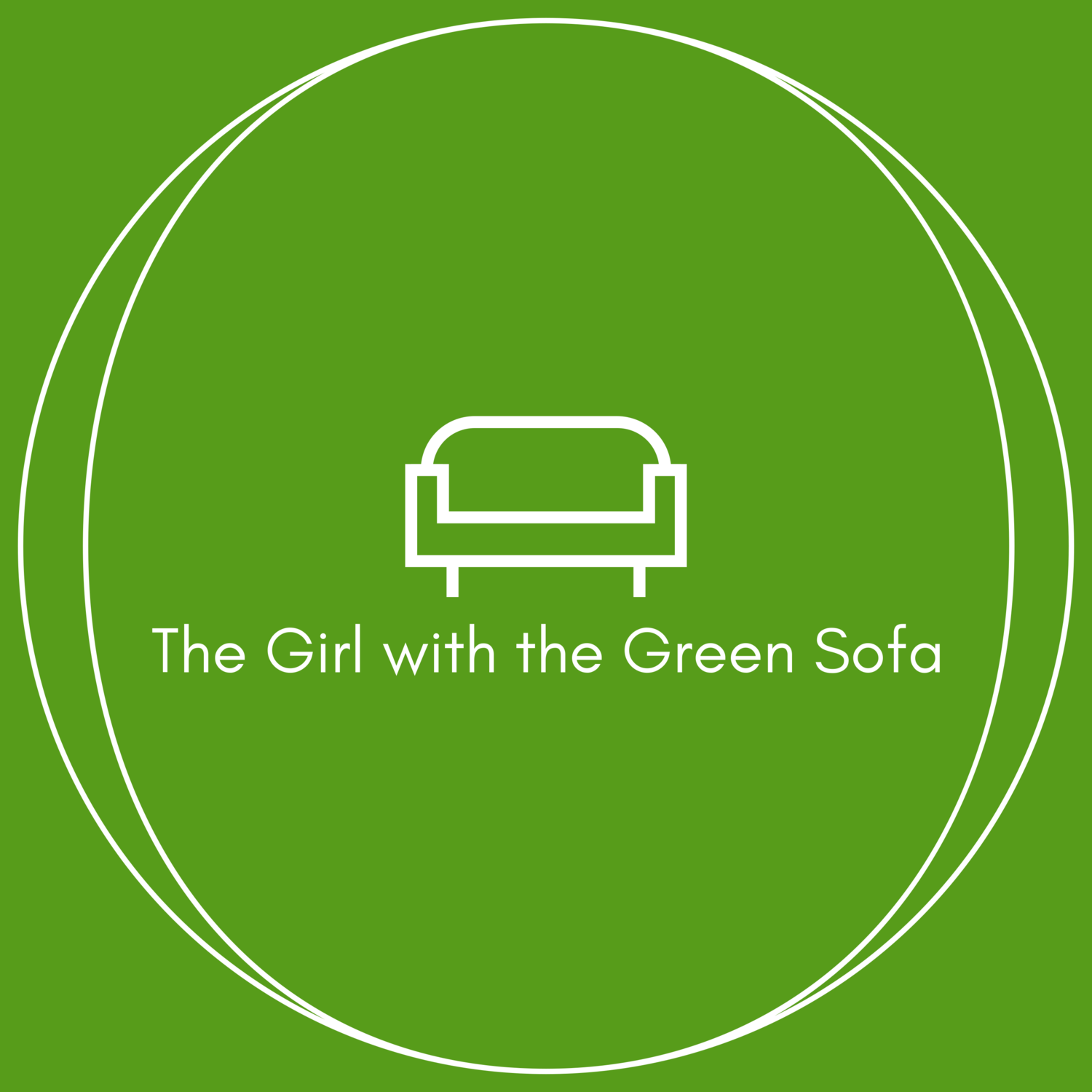Sustainability-The Conscious Buying Trend, Improving the Environmental Impact of your Home
Top Image Credit Heals.
Design in 2019 is based around wellbeing, comfort and relaxation in the home, something which I have covered in a number of blog posts, the principle concept of which, you can read here and my personal thoughts here.
Design rarely happens in a vacuum and almost always relates to the world around us and cultural changes therein. This trend is a reflection of the changing world; rapid paced, technology focused, an increase in uncertainty but also an increase in stress related illness. Therefore, positioning our homes as a place to relax, to be well in and to sustain us, makes sense within that context. Many of us spend more than 90% of our time indoors and while we cannot control our work environment, we will start to take more responsibility for our homes and how they make us feel; we are looking for more naturalness in our homes.
Image Credit Heals
There is a move towards textural materials, things that you can touch and feel. The thrill of moving your fingers over or through the material. This is not as abstract as it might seem, since when you hug your family, the touch releases oxytocin-a feel good chemical. Within the context of creating a comforting environment, touch and the release of feel good chemicals can reduce stress and anxiety. On the basis of this, there will be more natural, sustainable materials, more rustic surfaces and handmade items coming into our high streets and subsequently our homes, something I discussed in detail here. Think wool, linen, sisal, wood, rattan, hemp and so on.
There will be more attention to light, to warmth, to sound, to the positioning of our rooms to enable relaxation, to adding air cleaning plants. The colour of our home will also be important and the trend towards neutral colours is also a reflection of the trend towards wellbeing. There will also be a lot more green paint utilised in interiors, something which I have discussed a couple of times, but which you can read more about here.
Natural and handmade materials have not only have the ability to satisfy the touch, but are sustainable and there is a trend of moving away from the throwaway culture of recent years to a one where we consider our environment. To that end, how we consume our interior products will potentially change and while we will see more natural and sustainable materials coming into the high street, there is still a limit to world resources and so the amount of consumption will reduce.
Nothing is more natural than wood and attention to floors, walls and to wooden furniture will be important. In addition to this, there will be a move towards vintage buying, a return to nostalgia and the history of an object, re-cycling materials and items of furniture, rather than creating new. The solidity of a well-made piece of wooden furniture that has stood the test of time, even if it needs a bit of love to bring it back to life. This is especially important when we return to the fact that there are limited world resources and so buying something that already exists, is a great way to conserve for future generations.
There will also be more re-cycled items within our stores, from re-cycled glass to home accessories and items that make use of re-cycled plastic. Consumers are increasingly wanting to know where an item was produced and by who, so brands will need to focus on sustainable and ethical sourcing to stay ahead of the curve. The key to sustainability will be mindful and purposeful purchasing, an item that is needed rather than wanted, perhaps. Buying something that has meaning or a history, that tells its own story.
So, how do we go about creating sustainability in our homes?
Image Credit J.N.Rustics
Materials for a Low Environmental Impact
Organic materials (e.g. wood, wool, natural stone) seem the obvious choice, but we mustn’t forget that natural resources need to be treated responsibly. Choose materials that are quickly renewable (such as fast-growing bamboo), and are extracted in an environmentally responsible way is a great start when looking at a sustainable home.
There are labels, standards and certifications that give credible information about the products’ origin and help you identify eco-friendly products. For example, an FSC label on wood products ensures that the wood used in the product was harvested sustainably. And, let’s not forget the vintage angle I talked about above.
Energy and Waste Efficiency.
Energy consumption is one of the biggest contributors to climate change and in our homes heat and lighting, the biggest factors that contribute. Properly insulating your homes is the first port of call for creating a sustainable home, but don’t forget other ways in which heat can escape, especially in older properties which may have original windows and floorboards. If you can double glaze and can afford to renew and revamp your sash windows, that is a great start. If you can’t, think about window dressings that will keep the heat in, such as heavy curtains in winter.
There is certainly a trend towards exposing wooden floorboards, when you do so, remember to seal the gaps and in especially draughty rooms, consider a natural carpet.
Design for Waste Reduction
Vintage, re-cycling, re-purposing items that already exist on our planet. I have a large amount of vintage furniture in my home, a great way to consume items that are required, but with an eco-friendly way of doing so. Moreover, I’d argue these much-loved items add an extra layer of texture to your home. Look out for re-cycled objects, consider re-purposing vintage items. Find a way of creating something new out of something old.
A bit of a whistle stop tour of sustainability in the home. Naturally, there is much written on the subject in building design which I haven’t covered here. So, when you next aim to purchase something for your home, will you be giving thought to sustainability?
The Girl with The Green Sofa













